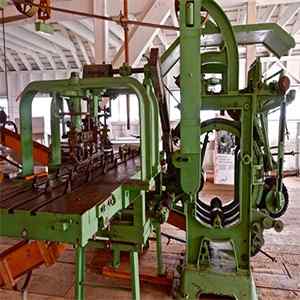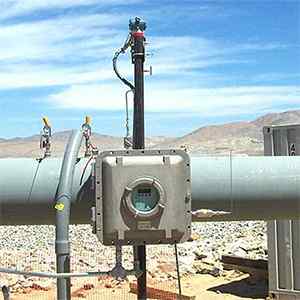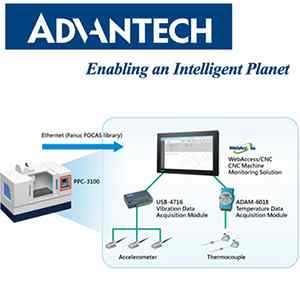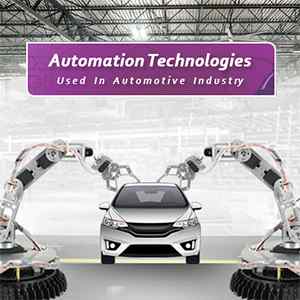Articles
Cost-Saving Benefits of Machine-to-Machine Technology in Industrial Automation

With the trend towards comprehensive automation in full swing, we’re seeing an increasing number of organizations relying on machine-to-machine technology. In an industrial setting, this provides the opportunity not only for greater efficiency, but also for greater savings. As M2M technology becomes smarter, savvier, and more reliable, it enables businesses to take advantage of these cost-saving benefits. Here’s a closer look at how industrial systems benefit from the recent advances in network technology.
1. Integrated management systems
One of the first ways that M2M technology can reduce costs is in its ability to enhance productivity via a central, integrated management system. When machines can communicate with one another using real-time data, they can fully automate the supply chain. M2M communication allows companies to monitor their equipment even in remote locations, as the sensors are built to withstand extreme temperatures and travel to far-flung areas. Industrial equipment can be integrated with environmental and security controls, driving down costs overall. This allows the operator to control everything from one central system, using sensors, video surveillance, and other aspects of the internet of things.
2. Minimized losses on the factory floor and in transit
With the real-time data gained from M2M technology, losses can be reduced or even virtually eliminated. Issues with the supply chain or individual products can be spotted immediately, so that no time is wasted. This helps cut fuel costs in the supply chain, with machine-gained data used to monitor traffic and weather conditions.
3. Greater visibility means greater accountability
With an integrated system, it’s easier to deal with multiple moving parts all at once. Using machine to machine technology from Nokia Networks or other operators allows organizations to keep an eye on all of these moving parts. GPS data keeps track of items in transit, while Radio Frequency Identification chips are used to monitor the production environment’s temperature, humidity, and other components. This keeps the whole system working together and accountable.
4. Reduction of service visits
Using M2M technology can reduce the number of in-person service visits to the production facility. Production equipment and individual products can be fully automated to monitor themselves, sending an alert when regular maintenance is needed. Machines, plants, and computers can be closely monitored at a distance, optimising their performance. Implementing this type of solution can reduce on-site visits significantly, making this one of the biggest cost-saving benefits of automation. For example, in 2014 Tesla managed to update its software in 29,000 vehicles when a flaw was detected remotely rather than sending in each vehicle to a mechanic shop for the update.
5. Warranty cost reduction
Finally, monitoring the product and machinery’s usage via M2M technology allows warranty issues to be identified ahead of time, reducing the need for costly replacements. Just as individual service visits can be avoided, so can repairs and replacements. Monitoring data remotely via machinery allows an organization to stay on top of problems before they get bigger, thus saving a bundle.
These are just a few ways that the rise of machine to machine technology has allowed the industrial sector to save. For start-up businesses and large corporations alike, M2M systems are worth taking a look at.







